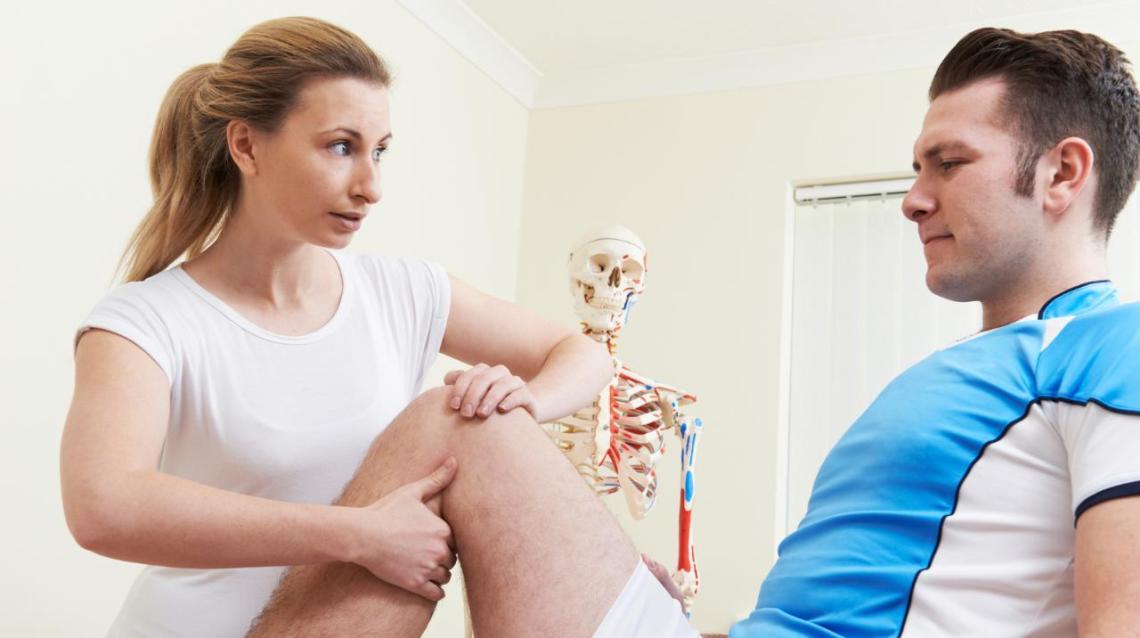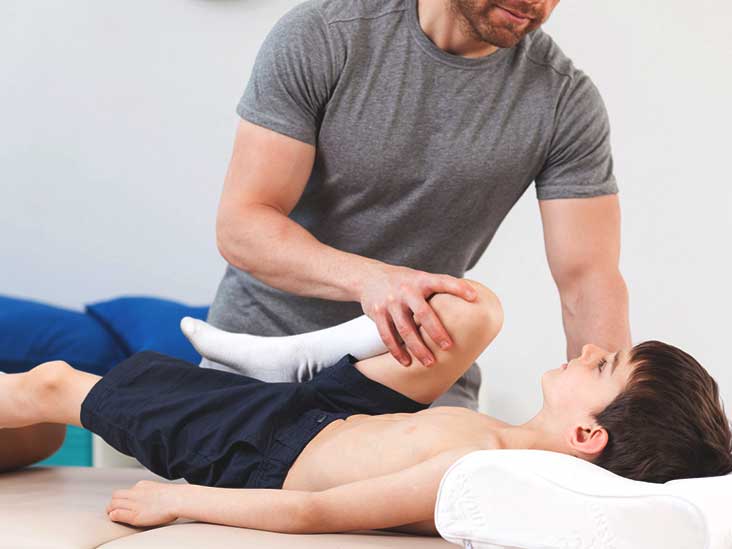
Knee realignment surgery is a surgical procedure that is often performed on people who have certain knee disorders.
Things such as sports-related injuries and arthritis are a couple of knee related issues that may require knee realignment surgery.
What Is Knee Re-Alignment Surgery?
Also known as Osteotomy or knee osteotomy, knee re-alignment surgery involves cutting a part of the bone in order to reconstruct the knee into the appropriate alignment.
Usually the tibia or femur are the bones that are cut and then realigned to help get rid of any pain or discomfort around the knee joint.
What Is Knee Osteotomy Used For?
Normally, knee osteotomy is required to realign the structure of your knee in order to treat bowed legs or severe and persistent knock knees.
Also, if you have damage on one side of your knee due to arthritis knee osteotomy can help treat this problem by taking some of the weight off the damaged part of your knee, and shifting it to the other side of your knee that’s healthy.
Who Is Knee Osteotomy For?
This surgical procedure is often recommended for people who aren’t interested or who aren’t qualified for total knee replacement surgery.
Moreover, knee realignement surgery can help delay the need for total knee replacement in some individuals.
Often younger people who can still benefit from using the health side of their knees will be more qualified for knee realignment surgery.

How Is Knee Realignment Surgery Performed?
A lot of prelimenary steps are taken before this surgical procedure is performed.
First, the surgeon will perform a series of tests such as an X-ray examination to see where the bones in your legs are located.
The surgeon does this test in order to determine the precise correction needed to help bring your knee into the proper realignment.
For example, if you have bowed legs then the knee realignment surgery will require for the surgeon to cut the bone and insert a wedge into it using exact measurements.
The surgeon will then pull the bone apart just a little and place it into the right position using pins and a metal plate.
If you have knock knees where the legs curve inward the surgeon will cut into the bone and place plates and pins inside to help push the bones into an outward position.
In the case of someone who has osteoarthritis, the main goal of the knee realignment surgery is to shift some of the weight from the arthritic area of the knee to an area that’s much healthier.
Also, after the knee osteotomy has been performed it should help increase the life span of your knee joints.
Are There Any Disadvantages of Knee Osteotomy?
The main disadvantage of knee osteotomy is that you’re not able to place your weight on your knees right after the procedure is done.
It will take a much longer time for your knee to recover from knee osteotomy compared to a partial total knee replacement surgery.
Who is The Ideal Candidate For Knee Realignment Surgery?
The ideal candidate for knee realignment surgery are people who are living active lifestyles.
People who are between the ages of 40 and 60 years old are also perfect candidates for this type of surgical procedure.
Also, if you only have pain on one side of the knee and no pain under your kneecap you are a great candidate for knee osteotomy.
People who have rheumatoid arthritis are usually not great candidates for knee realignment surgery.
However, it would be up to your surgeon to make that decision of whether or not it’s wise for you to go through with it.





